A single ancient tooth, sometimes no larger than a thumbnail, can unlock extraordinary secrets about life on Earth millions of years ago. In the skilled hands of paleontologists and researchers, these seemingly modest remains transform into powerful storytelling devices that illuminate extinct species, ancient ecosystems, and even evolutionary turning points. Fossil teeth serve as time capsules, preserving biological, ecological, and environmental information that would otherwise be lost to history. This fascinating intersection of paleontology, biology, and forensic science allows scientists to reconstruct detailed narratives about prehistoric creatures and their world from just a fragment of dental evidence.
The Remarkable Preservation of Dental Fossils
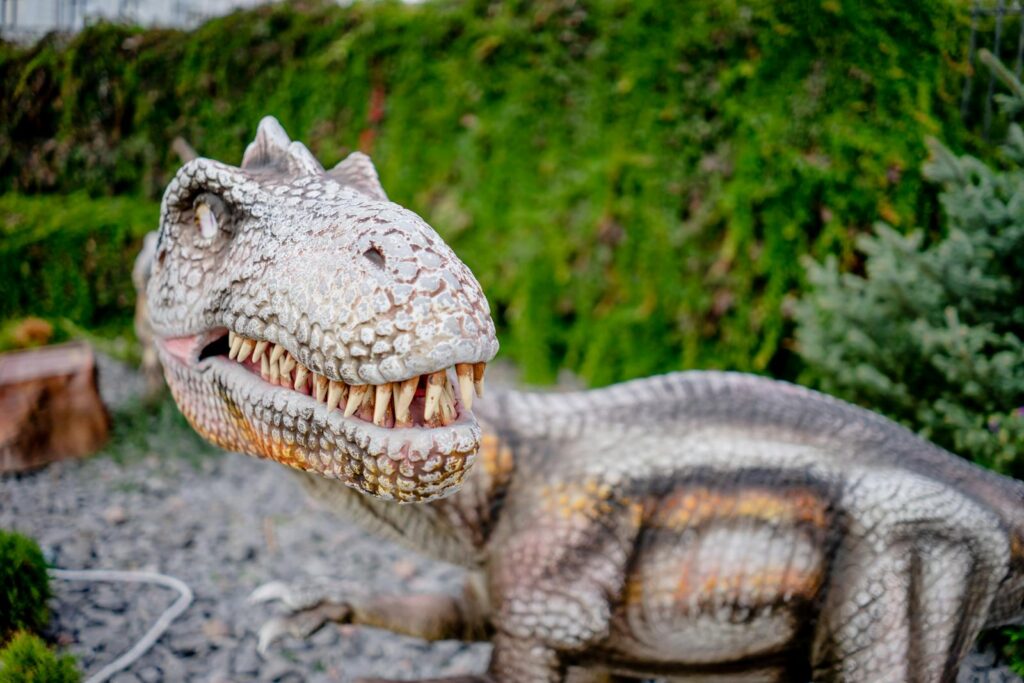
Teeth are among the most commonly preserved fossils in the paleontological record, and this prevalence is no accident of history. The extraordinary durability of dental structures stems from their unique composition, which includes enamel—the hardest substance produced by vertebrate animals. This exceptional hardness, combined with dental tissues’ mineral content, allows teeth to withstand decomposition processes that typically destroy softer bodily tissues after death. While muscles, organs, and even bones may disintegrate over time, teeth can persist for millions—sometimes hundreds of millions—of years in the fossil record. This remarkable preservation quality gives paleontologists consistent access to dental evidence across vastly different time periods and geographic locations, making teeth invaluable windows into the distant past. The density and durability of dental structures also mean they often remain intact even in environments where other skeletal elements have been crushed, fragmented, or completely destroyed.
Species Identification Through Dental Morphology
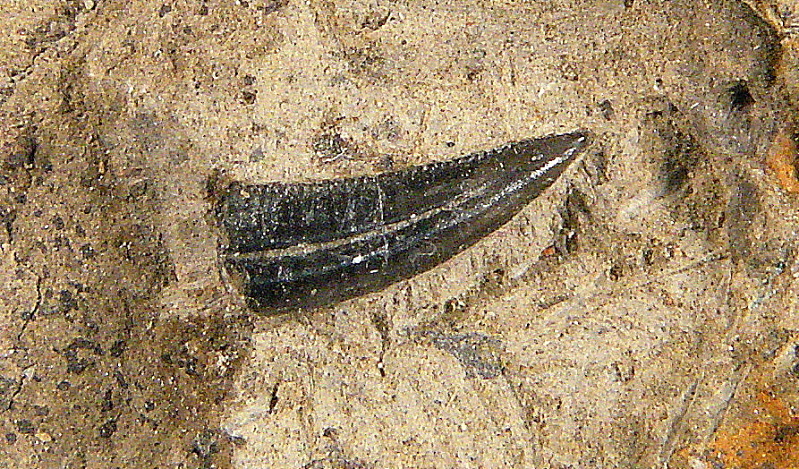
Teeth exhibit remarkable specificity in their design, with each species possessing a distinctive dental signature that reflects its evolutionary history and ecological niche. Paleontologists can often identify not just the general family but the exact species of an animal from a single well-preserved tooth by analyzing characteristics like crown shape, cusp patterns, root structure, and overall size. The specialized teeth of carnivores, with their sharp cutting edges designed for slicing through flesh, contrast dramatically with the flat, ridged molars of herbivores that evolved for grinding plant material. Omnivores typically display an intermediate arrangement that accommodates their varied diet. These morphological differences are so reliable that in many cases, experts can distinguish between closely related species that diverged evolutionarily by examining subtle variations in dental structure. This precision makes dental fossils particularly valuable when other skeletal remains are fragmentary or absent, allowing scientists to establish the presence of species in the fossil record from isolated teeth alone.
Dietary Insights Through Dental Wear Patterns

The microscopic patterns etched into fossilized tooth surfaces serve as direct evidence of an animal’s feeding behaviors and dietary preferences. These wear patterns—technically known as microwear—develop throughout an animal’s lifetime as its teeth repeatedly contact food items with different physical properties. Herbivores that consumed abrasive grasses typically display distinctive scratches running in parallel across their tooth surfaces, while those that browsed on softer leaves often show more varied patterns with shallow pits. Carnivores reveal their own characteristic wear signatures, with teeth that show shearing facets consistent with processing meat and occasional heavy pitting from bone-cracking behaviors. Using powerful scanning electron microscopes, researchers can document these microscopic patterns in exceptional detail, allowing them to distinguish between animals that consumed fruits, leaves, grasses, seeds, or various combinations of these food sources. In particularly well-preserved specimens, scientists can even identify seasonal dietary shifts reflected in changing wear patterns across different growth regions of the tooth surface.
Chemical Analysis and Ancient Diets

Beyond their physical structure, teeth serve as remarkable chemical archives that preserve dietary information through stable isotope ratios locked in their tissues. When animals consume food, the chemical elements in their diet become incorporated into their growing teeth, creating a permanent record of what they ate. Carbon isotope ratios (δ13C) can distinguish between animals that consumed C3 plants (most trees, shrubs, and temperate grasses) versus C4 plants (primarily tropical grasses), providing insights into ancient habitats and dietary specializations. Nitrogen isotope values (δ15N) help establish an organism’s position in the food chain, with higher values typically indicating carnivorous diets. Oxygen isotope ratios (δ18O) reflect the water an animal consumed, offering clues about climate conditions and migration patterns. Strontium isotopes record the geological signature of the region where an animal lived during tooth formation, potentially revealing migration patterns across different landscapes. These chemical signatures remain preserved in dental tissues for millions of years, allowing researchers to reconstruct prehistoric food webs and ecological relationships with remarkable precision.
Growth Rings and Life History
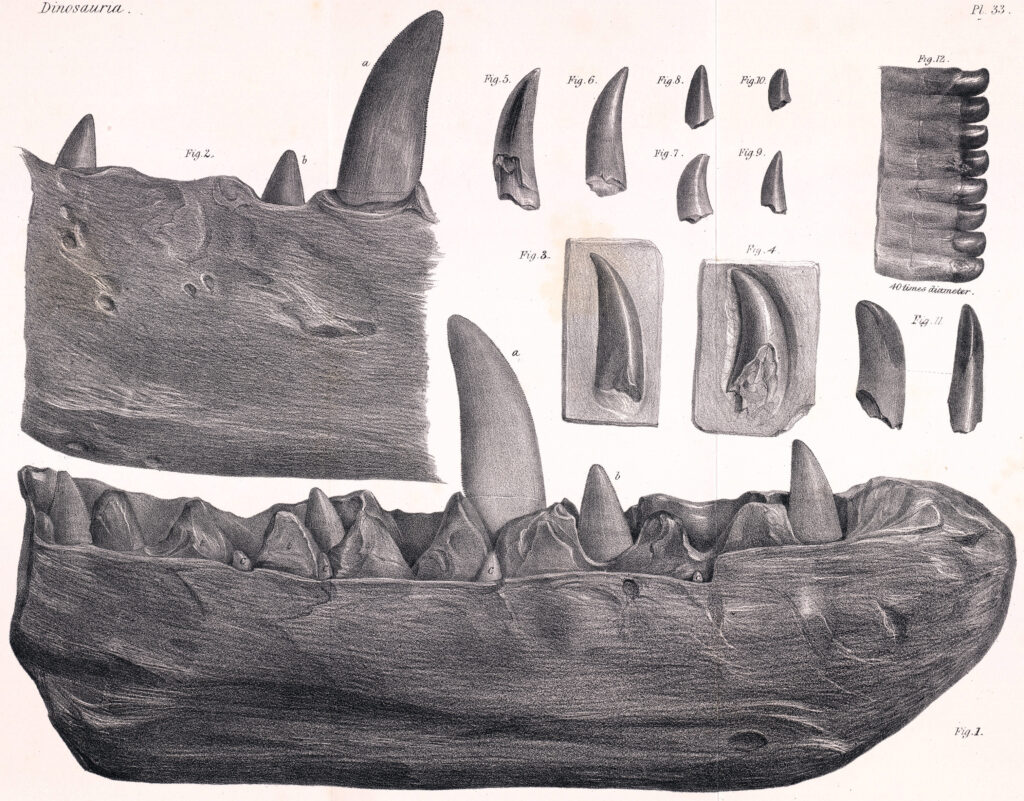
Many fossilized teeth contain microscopic growth lines similar to the rings of a tree, providing invaluable chronological markers that document an animal’s developmental timeline. These incremental growth features—particularly visible in larger teeth like those of elephants, mammoths, and many reptiles—record daily, weekly, and seasonal growth patterns that accumulated as the tooth formed. By counting and measuring these growth rings, researchers can determine crucial life history information such as the animal’s age at death, growth rate during different life stages, and even periods of physiological stress caused by illness or nutritional deficiency. In some exceptionally preserved specimens, scientists can identify stress lines coinciding with seasonal changes, suggesting the animal experienced regular periods of resource scarcity. The study of these growth patterns, known as dental histology, often requires creating thin sections of fossil teeth that can be examined under specialized microscopes. This destructive but highly informative technique has revolutionized our understanding of growth rates and life history strategies in extinct species, from dinosaurs to early mammals.
Reconstructing Evolutionary Relationships
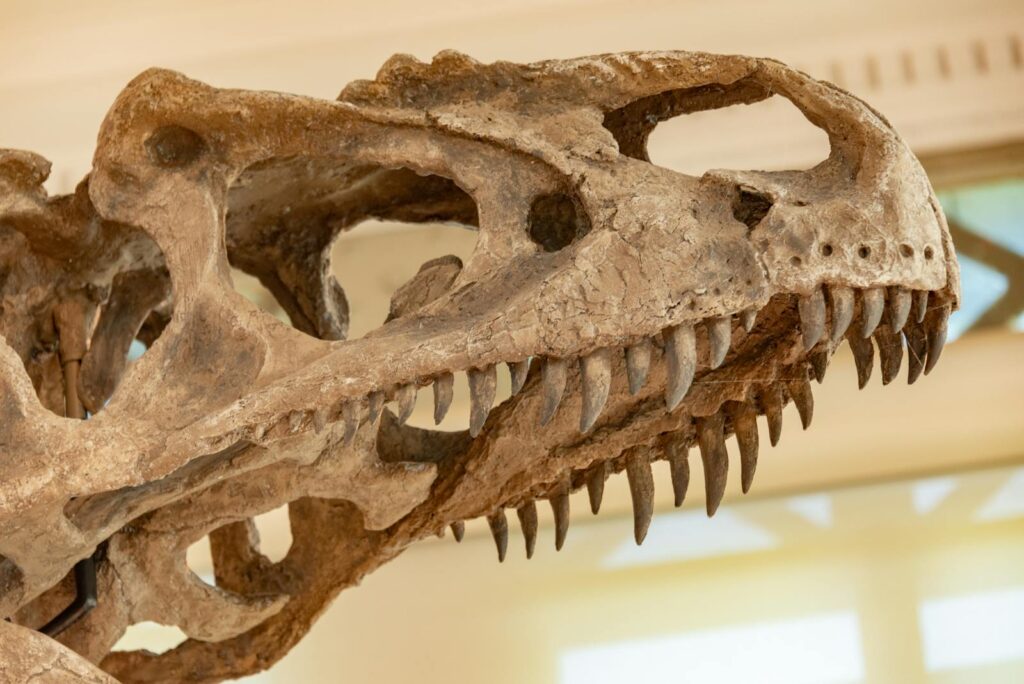
Teeth provide crucial evidence for reconstructing evolutionary lineages and understanding the tempo and mode of species diversification across time. Because dental morphology strongly reflects both evolutionary history and ecological adaptation, changes in tooth form over time can document the evolutionary transformation of one species into another. Paleontologists meticulously track these changes in the fossil record, identifying transitional forms that illuminate evolutionary pathways. The evolution of mammalian molar teeth, for instance, demonstrates a remarkable series of modifications from the simple conical teeth of early mammal-like reptiles to the complex, multi-cusped grinding surfaces of modern mammals. These evolutionary sequences, often reconstructed from isolated teeth found across different geological strata, help scientists understand how major adaptive transitions occurred. In human evolution, dental evidence has been particularly crucial, with hominin teeth showing a gradual reduction in size and simplification in form that corresponds with changes in diet, tool use, and food processing techniques over the past several million years.
Ancient DNA and Protein Recovery
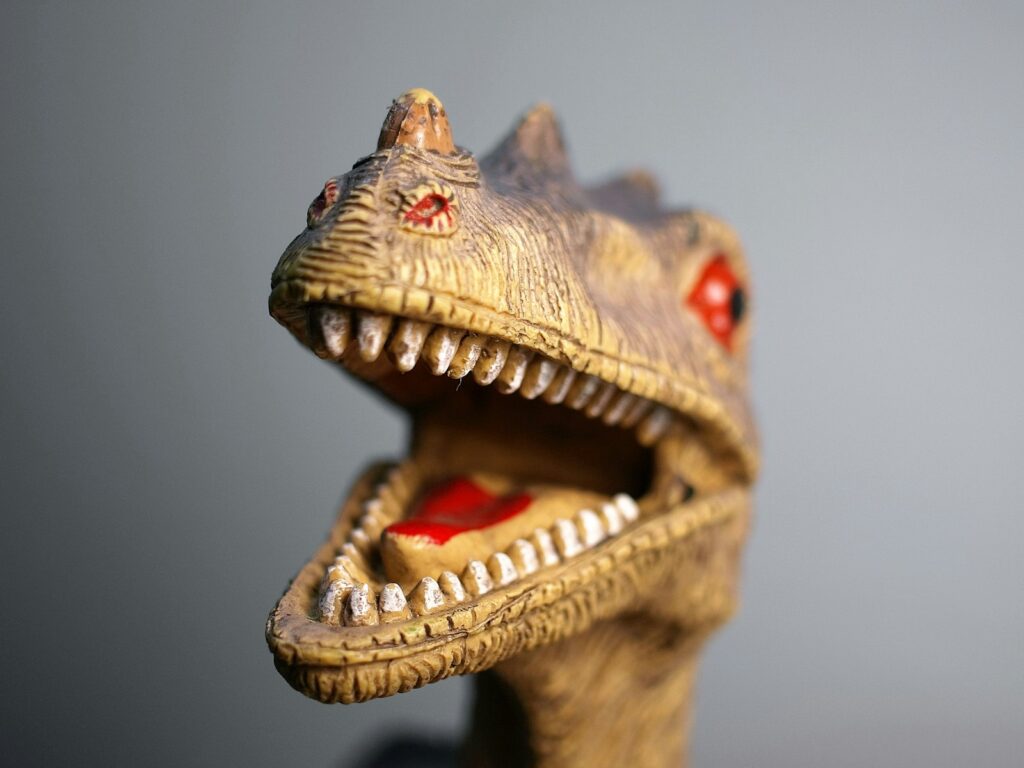
The dense, protective nature of dental tissues makes teeth exceptional repositories for preserving ancient biomolecules that can revolutionize our understanding of extinct species. In recent years, researchers have successfully extracted DNA fragments from fossil teeth dating back tens of thousands of years, with the oldest recoverable DNA currently extending to approximately 1.2 million years in permafrost environments. These genetic sequences allow scientists to compare extinct species with their modern relatives at the molecular level, revealing evolutionary relationships with unprecedented precision. Even more remarkably, proteins—which typically survive much longer than DNA—have been recovered from dental tissues dating back millions of years. Techniques like mass spectrometry can identify protein sequences from ancient teeth, providing genetic information when DNA is too degraded to analyze. The recent recovery of proteins from a 1.77-million-year-old rhinoceros tooth demonstrates the extraordinary preservation potential of dental tissues. As recovery and analysis technologies continue to advance, teeth remain at the forefront of palaeoproteomics and ancient DNA research, offering molecular windows into increasingly distant periods of Earth’s history.
Climate Records in Dental Material

Fossil teeth function as remarkably precise paleoclimate recorders, preserving environmental conditions experienced during an animal’s lifetime. The oxygen isotope composition in dental tissues directly reflects the isotopic values of water consumed by the animal, which in turn correlates with ambient temperature and precipitation patterns. By analyzing oxygen isotope ratios across growth layers in teeth, researchers can reconstruct seasonal temperature fluctuations and identify climate trends that prevailed millions of years ago. In some cases, scientists can detect distinct wet and dry seasons or document gradual shifts toward warmer or cooler climate regimes by examining isotopic patterns across chronological samples. Carbon isotope analyses provide complementary information about vegetation types that dominated ancient landscapes, helping reconstruct ecosystem changes in response to shifting climate conditions. These dental climate records are particularly valuable because they can be precisely dated and directly linked to the animals that inhabited these ancient environments. When combined with other paleoclimate proxies, tooth-derived climate data helps scientists build comprehensive models of Earth’s climate history and understand how ecosystems responded to past climate changes.
Dental Pathologies and Ancient Health
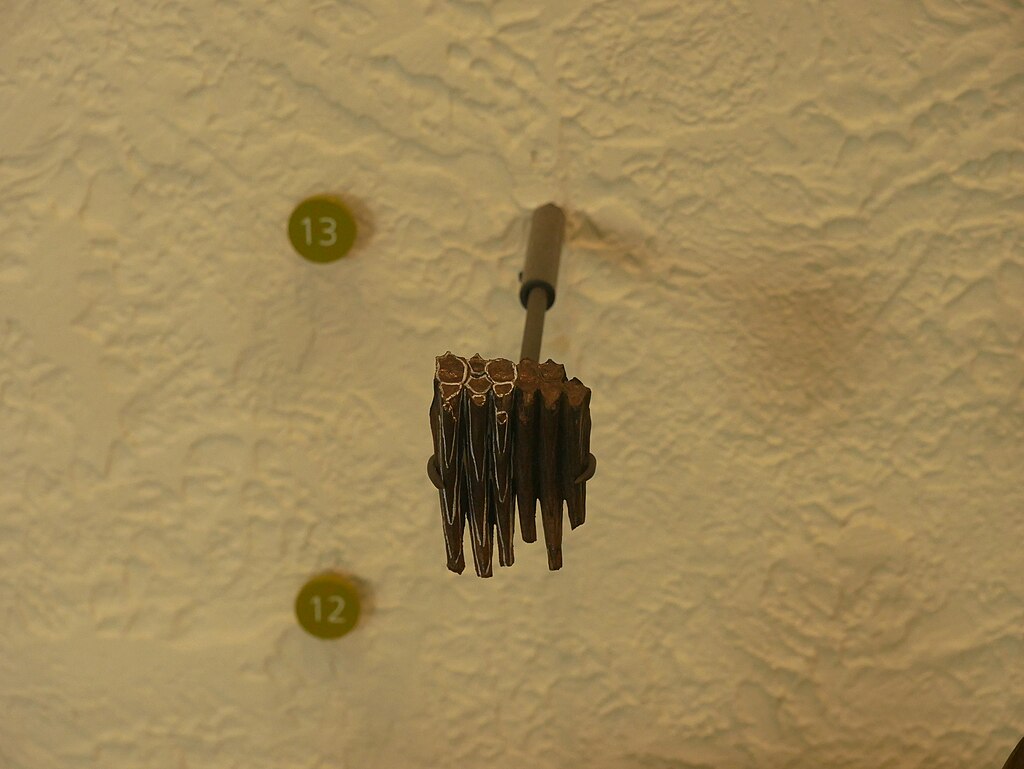
Fossil teeth frequently preserve evidence of disease, injury, and developmental abnormalities that provide unique insights into the health challenges faced by ancient animals. Dental cavities document the presence of cariogenic bacteria and sugary diets, while periodontal disease manifests as characteristic bone loss around tooth roots. Growth disruptions appearing as distinctive lines in the enamel (known as hypoplasias) record periods of severe physiological stress during development, potentially caused by malnutrition, disease, or extreme environmental conditions. Wear abnormalities may indicate malocclusion problems or unusual feeding behaviors, while broken or chipped teeth that show signs of healing demonstrate that the animal survived the injury. In some remarkable cases, cancerous growths or infection-related bone destruction have been identified in dental tissues millions of years old. These paleopathological investigations help scientists understand the evolution of diseases, assess the overall health status of ancient populations, and identify selective pressures that may have influenced evolutionary outcomes. Human fossil teeth, in particular, have revealed fascinating health transitions associated with major lifestyle changes, such as the dramatic increase in dental diseases that accompanied the agricultural revolution approximately 10,000 years ago.
Migration Patterns and Geographic Range
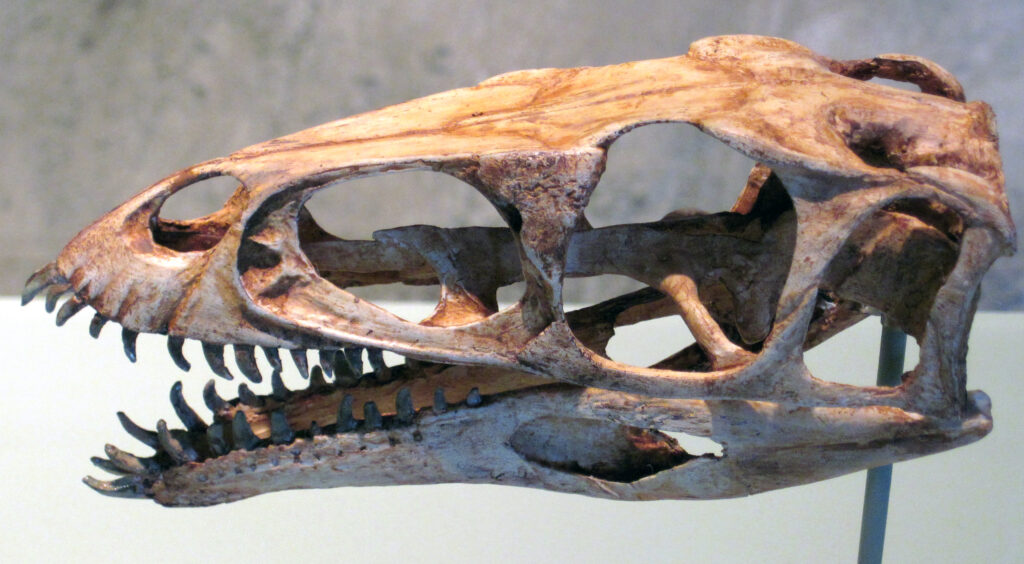
The chemical composition of fossil teeth can reveal ancient migration patterns and habitat preferences with remarkable precision. As animals grow their teeth, they incorporate trace elements and isotopes from their food and water sources, which typically reflect the local geology and environment. Strontium isotope ratios are particularly valuable for tracking movement, as they vary across different geological terrains and become permanently fixed in dental tissues during formation. By sampling different growth regions of a single tooth, researchers can detect changes in these isotopic signatures that correspond to movement across different landscapes. This analytical approach has revealed seasonal migration patterns in extinct herbivores, documented the territorial ranges of ancient predators, and even identified non-local individuals within fossil assemblages. In human evolutionary studies, dental isotope analysis has helped trace hominin dispersal routes and recognize the expansion of early human populations into new territories. The combination of multiple isotope systems—including strontium, oxygen, carbon, and sometimes lead or sulfur—provides increasingly detailed reconstructions of movement patterns and habitat preferences in extinct species.
Dental Microbiomes and Ancient Bacteria

Fossil teeth provide extraordinary preservation environments for ancient microbial DNA and microscopic evidence of oral bacteria that once inhabited an animal’s mouth. The calcified dental plaque (calculus) that forms on teeth during life becomes a time capsule of oral microbiota, preserving bacterial cells, food particles, and environmental debris in a mineralized matrix that can survive for millions of years. By analyzing ancient dental calculus using advanced genomic techniques, researchers can identify the microbial communities that colonized ancient mouths and track the evolution of oral microbiomes across time. These studies have revealed dramatic shifts in human oral bacteria corresponding to major dietary transitions, including the adoption of agriculture and the industrial revolution. In some exceptionally preserved specimens, scientists have even recovered DNA from consumed food items trapped in dental calculus, providing direct evidence of specific plants and animals in ancient diets. Beyond dietary insights, the study of ancient oral microbiomes helps track the evolution of dental diseases and identifies when specific pathogenic bacteria first emerged and spread through ancient populations.
Dating Techniques and Chronology

Fossil teeth serve as ideal candidates for various dating methods that help establish precise chronologies for paleontological discoveries. The mineral composition of dental tissues makes them particularly suitable for radiometric dating techniques, including uranium-series dating, electron spin resonance, and in some cases, radiocarbon dating for more recent specimens. These methods measure the decay of unstable isotopes or radiation-induced changes in the crystal structure of dental minerals to calculate how much time has elapsed since the tooth was buried. Additionally, the sequential formation of dental tissues creates natural chronological markers within individual teeth, allowing researchers to establish relative timing for events recorded in different regions of the same tooth. For older fossils beyond the range of direct dating methods, biostratigraphic approaches use distinctive tooth morphologies of known age ranges to help date fossil assemblages. The combination of these absolute and relative dating approaches allows scientists to position fossil teeth precisely within Earth’s chronological framework, establishing when different species lived and creating temporal contexts for evolutionary and ecological interpretations.
Future Frontiers in Dental Paleontology

The field of dental paleontology continues to evolve rapidly, with emerging technologies promising to extract even more information from fossil teeth in the coming years. Advanced imaging techniques like synchrotron radiation microtomography now allow researchers to visualize the internal structures of fossil teeth in unprecedented detail without damaging specimens, revealing growth patterns and morphological features previously inaccessible to study. Machine learning approaches are being developed to automate species identification from tooth morphology, potentially accelerating analysis of large fossil collections. Improvements in mass spectrometry sensitivity continue to push back the time barrier for ancient protein recovery, potentially allowing genetic information to be retrieved from increasingly ancient dental specimens. Environmental DNA techniques are being adapted to extract DNA not just from the tooth itself but from microscopic remnants of ancient environments preserved in dental calculus. Perhaps most exciting is the integration of multiple analytical approaches—combining morphological, chemical, genetic, and histological data from the same specimen to create comprehensive biological profiles of extinct organisms. As these methodological frontiers expand, a single fossil tooth will continue to yield increasingly detailed and multifaceted insights into prehistoric life and ancient ecosystems.
In conclusion, the humble tooth stands as one of paleontology’s most information-rich fossil types, offering a remarkable convergence of biological, ecological, and environmental data preserved in a compact, durable package. From the microscopic growth lines that document an animal’s development to the chemical signatures that reveal its diet and migration patterns, dental fossils provide multidimensional insights into prehistoric life. As analytical techniques continue to advance, these seemingly simple structures grow ever more valuable, allowing researchers to reconstruct increasingly detailed narratives about extinct creatures and their worlds. The next time you encounter a fossil tooth in a museum display, consider the extraordinary wealth of information contained within its ancient enamel—a single biological fragment that connects us, across vast stretches of time, to Earth’s remarkable evolutionary past.



